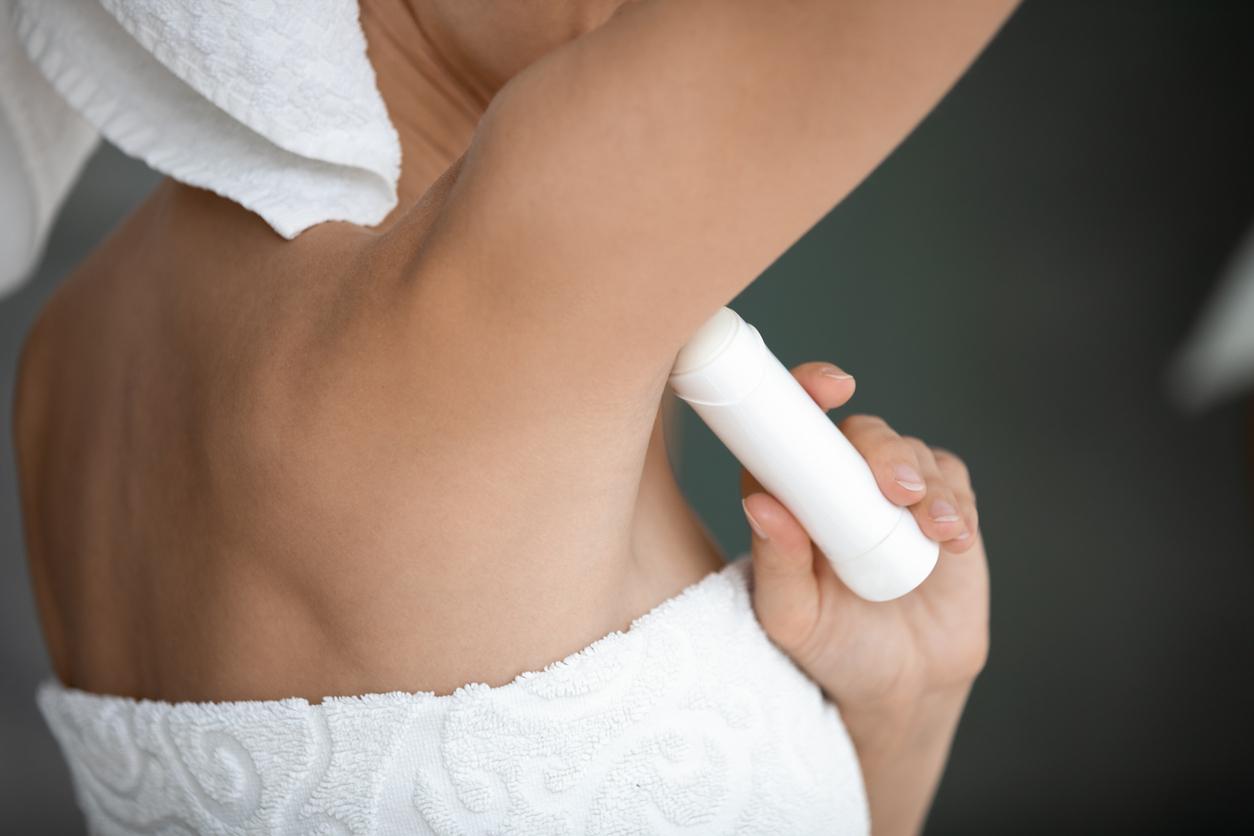
About stink, rolls and stains
With a deodorant you can cover up annoying sweat odors nicely, but you have to do it right. There are also a lot of choices. What do you choose? Can you prevent stains in clothes? And what about deodorant and breast cancer?
There is plenty of choice in products that help you to combat perspiration and especially the odor thereof. If you perspire normally, a deodorant is usually sufficient. A deodorant tackles the bacteria that break down the apocrine sweat. In addition, a perfume has been added to most deodorants to disguise the sweat smell. However, deodorant does not prevent sweating.
If you sweat more, it is better to opt for an antiperspirant. It usually contains aluminum-zirconium salts. These salts inhibit the production of perspiration. This keeps you drier and you have less perspiration odor. Some antiperspirants have a very high concentration of active substances, so you only need to apply them once every few days.
Good for the skin
Deodorant can cause serious irritation. The skin may become itchy and a red rash and even pain may develop. Dry skin can also be the result of deodorant. The more sensitive the skin, the more important it is to choose a good deodorant. There are special deodorants for sensitive skin available. What helps you? That’s a matter of trying it out. If one deodorant starts to irritate, you should choose another.
Especially products with more than 15 percent aluminum salt and products in which alcohol has been processed cause irritation. The risk of irritation is greater with products containing aluminum chloride than with deodorants containing aluminum hydrochloride. You can reduce the chance of irritation by drying the skin thoroughly before use.
Spray or roll?
The choice for a spray or roller is personal. The advantage of a spray is that the packaging does not come into contact with the skin. A spray is also more practical and faster to use. However, most people can handle a roller better than a spray can. A roller is much kinder to sensitive skin. In addition, a roller is more environmentally friendly, because of the propellants in a spray.
Multi-day use
An antiperspirant or deodorant often has a nice smell. Still, it makes no sense to roll or spray several times a day. For the best effect, you should always apply a deodorant to clean skin. Even during exercise it makes no sense to provide extra freshness. Always apply the deodorant before starting. If you sweat, the deodorant is sabotaged by the moisture already present on the skin.
In addition, not all dermatologists are equally enthusiastic about the daily use of an antiperspirant. These continuously block the sweat glands. It is therefore advisable to give your armpits a day ‘off’ every now and then.
yellow spots
Sweating eventually discolors your clothes under the armpits. The salt in the sweat and the effect of all kinds of skin bacteria, possibly in combination with a deodorant, cause all kinds of chemical reactions that can affect the clothing. Especially antiperspirant salts cause stains. So always let your deodorant dry thoroughly before getting dressed. Deodorants are also sold that do not stain the clothes.
And breast cancer?
It is sometimes said that deodorant or antiperspirant increases the risk of breast cancer. According to scientists, the studies that spell this out have not been done properly. Most studies in this area show that there is no connection. KWF Kankerbestrijding also states that deodorants and antiperspirants can be used safely.
Ingredients
On the packaging of an antiperspirant or deodorant you will often see all kinds of unpronounceable or technical names for ingredients. Here are the main ones:
- Perfume and fragrances (masking body odor and feeling fresh).
- Oil (calm and soften skin). For example glycerine or vegetable oil such as Helianthus Annuus (sunflower oil).
- Alcohol (drys quickly and cools).
- Silica (absorbing greasy sweat on the skin).
- PEG-8 distearate (makes washing off the product easy).
- Salts (reduce sweat secretion). For example, aluminum chlorohydrate (in deodorant) or aluminum zirconium tetracholohydrex gly (in antiperspirant).
- Propellant (necessary for aerosols). For example, butane, isobutane and propane.
- Carriers (liquidity, spreading on the skin). For example, water, cyclomethicone and disteardimonium hectorite.
- Structuring agents (keeping ingredients together). For example, castor oil, 18-36 triglyceride acid, stearate and stearyl alcohol.
Sources):

















